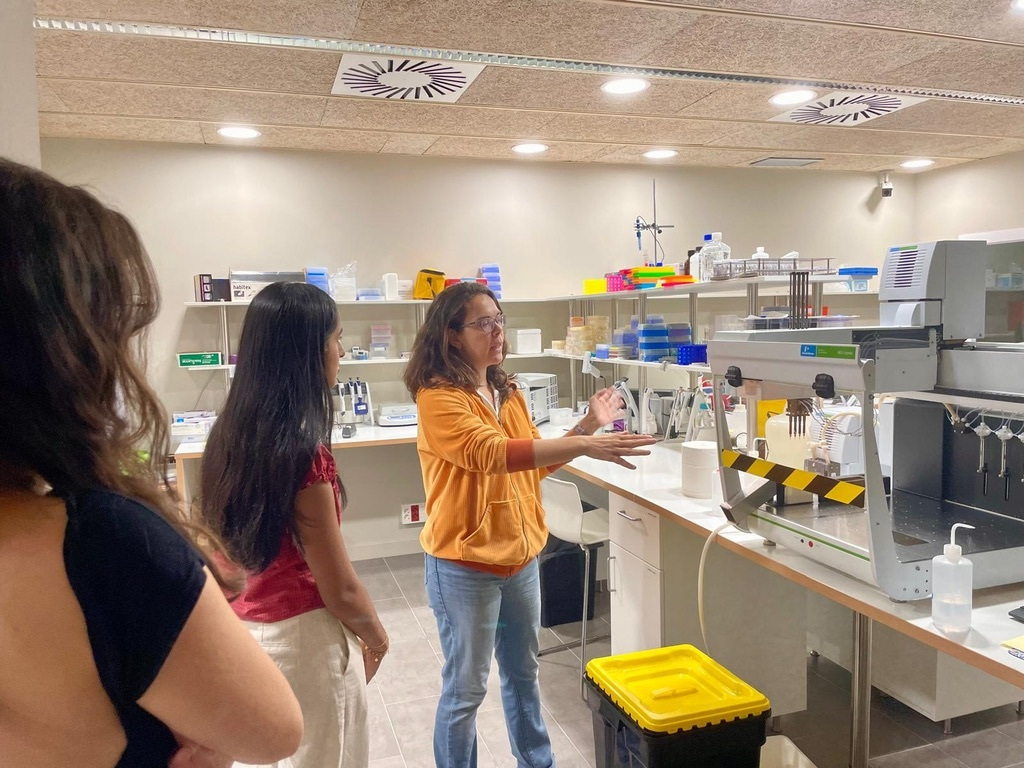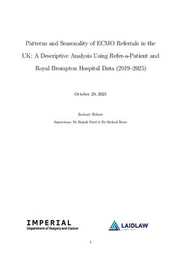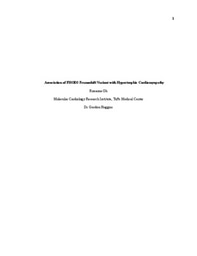Starting at Ace Alzheimer Center

When I first landed in Barcelona to begin my LiA project with Ace Alzheimer Center, I felt a mix of nerves and excitement. Ace is one of the most prominent clinical and research hubs for Alzheimer's disease in Europe, and while I knew my role would focus on science communication, I wasn't sure what that would look like in practice. I also had never traveled abroad alone before and was nervous to navigate living life in a new country.
A Global Hotspot Overlooked
Alzheimer’s is a global crisis, affecting nearly 55 million people worldwide, with almost 10 million new cases each year. But few people realize that Spain has one of the highest dementia prevalence in the world: as of 2024, a staggering 22.7% of adults over 65 in Spain are living with dementia. That’s nearly one in four older adults.
Even more troubling is how often these individuals are left in the dark. An estimated 1 to 1.5 million people in Spain may be living with dementia, but only around 730,000 to 930,000 cases are officially diagnosed. That means hundreds of thousands of people may never be told they have Alzheimer’s, and even those who are diagnosed often aren’t given the tools to fully understand or navigate what it means. In a disease that affects memory, orientation, and autonomy, clear, compassionate communication isn’t just helpful, it’s essential.
Communication as a Form of Care
My role sits at the intersection of clinical care, public health, and science communication. I shadow doctors, researchers, and memory care specialists to better understand the full diagnostic and treatment process. Then, I create resources—pamphlets, videos, and scripts—to explain these processes clearly to patients and families.
Some of the materials I've been working on include:
- A video explaining why blood samples are collected since many patients were confused as Alzheimer’s is a memory disease
-
A patient-friendly pamphlet about lumbar punctures, addressing common fears and misconceptions
-
A communication guide for the newly approved drug Leqembi, to help patients understand what it is, how it works, and whether it might be right for them
One challenge I didn’t anticipate was the language barrier. While many official materials in Spain are written in Spanish, many of Ace’s older patients only speak Catalan, a regional language I don't understand at all. With support from the team, I’ve been translating materials into Catalan, Spanish, and English, navigating not only vocabulary differences but also cultural context and tone. I’ve learned that clarity can ease fear, and that good communication is a way of showing patients they are seen, respected, and not alone.
In the coming weeks, I hope to get patient opinions on the resources that I've made. I also hope to develop even more resources, not just for patients, but also for caregivers and families, who are so often left without support. I’d love to explore whether I could help design patient activities that foster connection and ease, or even work more closely with the clinical staff on caregiver education.
Moments That Stay With You
There are moments I’ve learned that don’t show up in medical charts but say so much about the experience of this disease. One afternoon, a patient who’s usually quiet suddenly became agitated and started shouting that they wanted to go home. The staff gently intervened and ordered a urine test, because changes in behavior can be an early sign of infection in Alzheimer’s patients, not just agitation. That interaction was a powerful reminder that communication in memory care is about so much more than words.
Life in Barcelona
Of course, I’ve also been exploring this beautiful, complex city. From the swirling stained glass of La Sagrada Família to a day trip hiking the cliffs of Montserrat, Barcelona has been full of color and surprise. I was lucky enough to be in town for Nit de Sant Joan, the midsummer festival where the entire city transforms: bonfires on the beach, fireworks from every balcony, families picnicking in parks until 3AM. That night, Barcelona felt like it belonged to everyone and no one at once—joyful, chaotic, completely alive.
Even just walking around, I find myself constantly struck by the textures of this place: modernist tiles beneath my feet, centuries-old fountains tucked beside pharmacies, the way people say "bon dia" to strangers as if they already know them. There’s something deeply human about this city. It’s a place where the old and the new don’t just coexist, they talk to each other.
I can’t wait to see what the next few weeks bring!




Please sign in
If you are a registered user on Laidlaw Scholars Network, please sign in